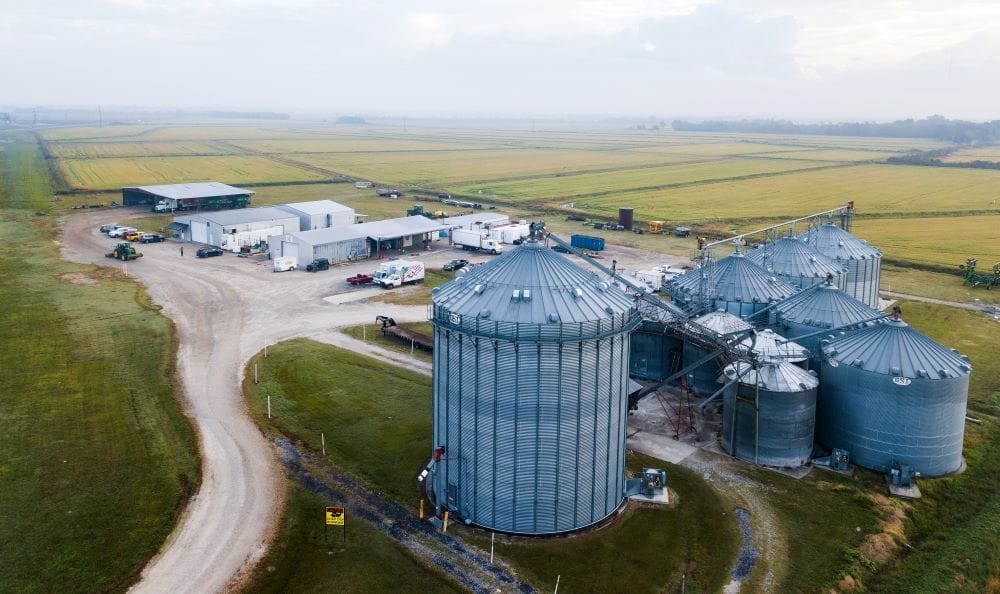How we Grow Crawfish
Shop Crawfish
Sustainable Crawfish Cultivation
Nurturing Rice and Crawfish
Seasonal SymphonyGrow a rice crop in water from March to July. Seed crawfish in the rice field in June.
Re-flood the old rice field and it becomes a crawfish pond in September/October. Harvest the crawfish from November to July. Drain, plow, and level the field to repeat the process in July to March.
Contact CajunCrawfish
Looking for an authentic culinary experience and irresistible Cajun flavor? Don't hesitate to contact us! Whether you have clear questions, share your suggestions or just want to say "hello", we are ready to assist you. Fill out the form below and let CajunCrawfish bring the best of Louisiana to you.

